Introduction to Sedum: A Gardener’s Delight
Welcome to the enchanting world of sedums—a diverse family of succulent plants that have charmed the hearts of garden enthusiasts everywhere. Known for their robust nature and striking foliage, these resilient beauties are perfect for crafting a low-maintenance yet visually captivating garden.
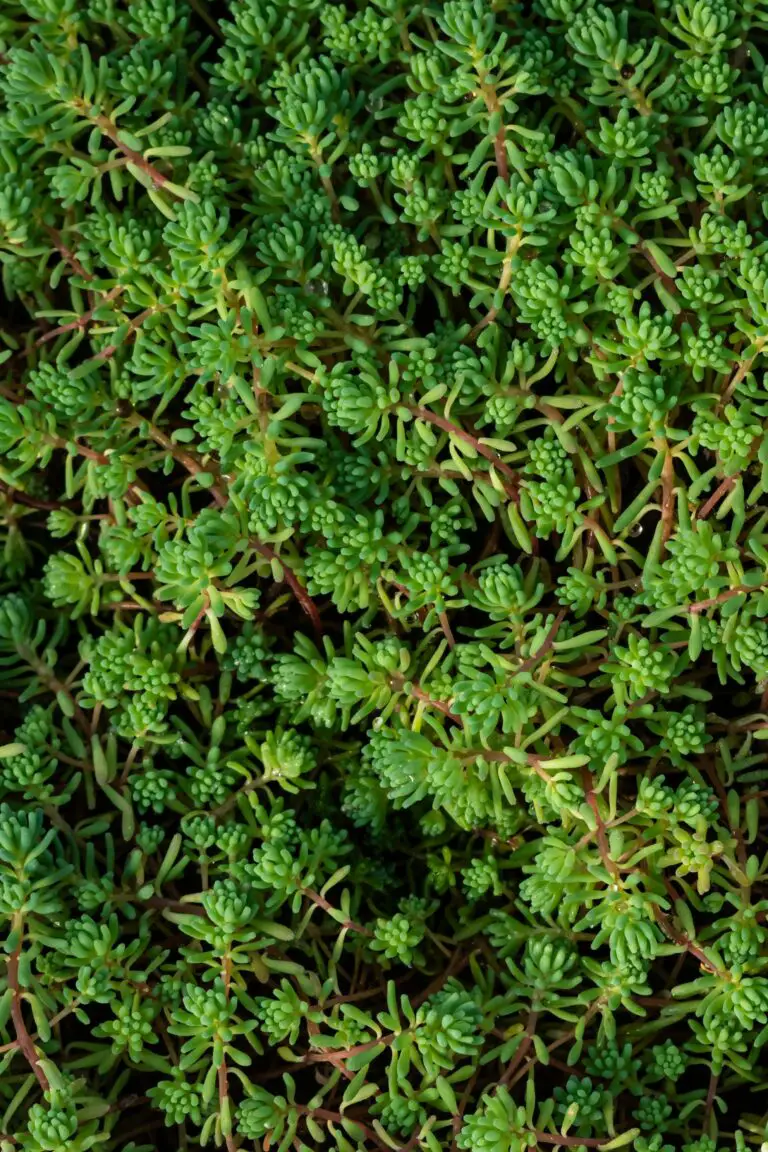
Take a stroll through any thriving sedum sanctuary, and you’ll quickly notice why these plants are a top pick. They don’t just survive; they thrive in a variety of conditions. With their geometric leaves, ranging from jade green to deep burgundy, sedums paint a picture of strength and vitality. But it’s not just about looks—they’re a practical choice, too. Whether in a crack of a rock or the nooks of a vertical garden, sedums stand firm against the elements.
These versatile plants have made a name for themselves not only in home gardens but also in professional landscaping projects. Sedum sanctuaries are becoming a staple in urban spaces, providing a lush retreat from the concrete jungle. Such is their adaptability that they’re often the go-to for green-roof installations, absorbing rainwater and insulating buildings.
If you’re looking to start your own sedum collection or enhance an existing garden, you’ll find no shortage of inspiration, with endless varieties to choose from. You might fancy some design tips to optimize their aesthetics in your garden. These sedum garden design ideas can help you create a composition that’s both striking and sustainable.
Surveying Sedum Species: A Diverse Family
Step into the enchanting realm of sedums, and you’ll find yourself surrounded by a mosaic of textures, colors, and forms. It’s like a carnival for the gardener’s soul—each variety of sedum, or stonecrop, brings its own unique flair to the show. Let’s chat about this versatile family, which is just bursting with possibilities for your beloved garden spots.
Imagine a sedum for every scenario—some cuddling up to garden paths like beloved pets, while others stand tall as the loyal sentinels of your garden borders. From the plump and plush leaves of ‘Autumn Joy,’ which could easily be the couch potatoes of the plant world, to the dainty ‘Dragon’s Blood’ that cascades over rocks with the grace of a fairy-tale waterfall, sedums are truly the chameleons of the succulent realm.
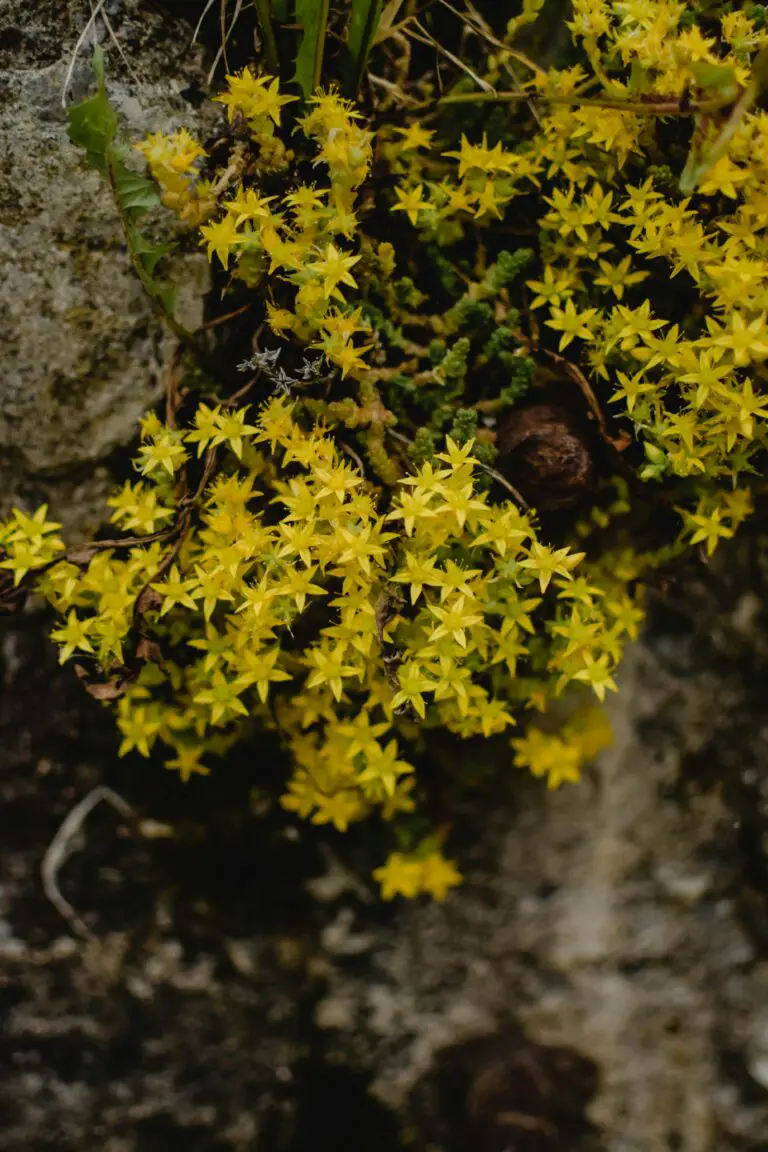
And here’s where the magic truly lies—it’s all about picking the right performer for your particular garden act. If you’re looking for a low-maintenance ground cover, then let me introduce you to sedum acre, a petite powerhouse that keeps weeds at bay. Or perhaps your rock garden needs a pop of color? The ever-vibrant sedum reflexum, with its starry blooms and needle-like foliage, might just be your starlet.
Now, don’t just take my word for it—seeing is believing, after all. You can cultivate your own piece of sedum paradise with a sprinkle of knowledge and care. Remember, there’s a sedum out there for every corner of your garden, waiting to root down and jazz up your green space.
So go ahead, play matchmaker and pair these sedums with the ideal locations in your garden. Whether it’s a sun-drenched bed or a cosy, shady nook, there’s a sedum longing to thrive and bring life to your outdoor sanctuary. Who knew such a diverse family could feel right at home in so many places? Sedums, with their low-key demands and high-impact presence, are simply the best friends a gardener could ask for.
The Perfect Plot: Identifying the Ideal Sedum Habitat
Picture the resilient sedum, a plant capable of thriving in the often overlooked nooks and crannies of gardens across the globe. Despite their hardy nature, understanding the natural habitats in which sedum plants flourish can give you an insider’s advantage in curating a stunning sedum haven. Let’s dig into the world of sedum and discover how creating an echo of these conditions can lead your garden to be a succulent success story.
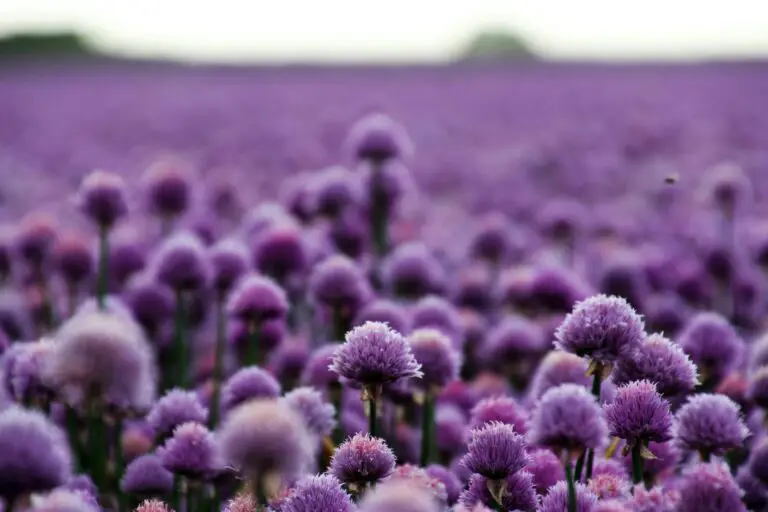
Originally hailing from rocky outcrops and mountainous terrain, sedum plants are accustomed to the tough love of a harsh environment. Their secret to success lies in well-drained soil that provides a quick escape route for water, mimicking the precarious precipices of their alpine ancestries. If you’ve seen sedums carpeting the ground with their plump foliage, that’s no accident; they’re experts at exploiting thin layers of soil, just as they would on rocky ledges.
Expert gardeners agree that when it comes to sedum care, ensuring proper drainage is not just a tip but a non-negotiable. Think about the fast-draining soils sedums cozy up to in the wild, and replicate that at home. Whether it’s adding gravelly grit to your garden beds or choosing raised mounds to prevent water from pooling, your sedum will thank you with vibrant growth and splendid blooms.
In the world of succulents, sedums are like the cool cousins—adaptable and unfazed by neglect. They don’t clamor for the richest soils; instead, they make a home in those lean, Spartan conditions that mirror their natural rocky habitats. If you’ve ever been intrigued by the tenacity of these plants, take a stroll through our succulent garden guide to grasp the full spectrum of their planting preferences.
Focusing on factors that favor a flourishing sedum plot, including sunlight, can make or break your sedum paradise. Remember, these sun worshipers evolved under unfiltered light. Place them where they can bathe in abundance, and watch as they transform sunlight into a spectacle of succulent shades.
By mirroring the natural ascendancy of sedums—offering them the drainage, toughness, and sunlight of their rugged roots—you’re setting the stage for a sedum story where each leaf is a testament to thriving against the odds. So, whether you’re dressing up a drab corner or creating a carpet of perennial color, give sedum the rough love it’s used to, and you’ll be rewarded with a garden that’s truly alive with sculptural splendor.
Soil Savvy: Preparing the Prime Foundation for Sedum
Unlocking the lush green secrets of sedum starts beneath the surface. Like a gourmet chef selecting just the right ingredients, sedum enthusiasts must combine the perfect soil blend to delight these hardy yet sophisticated plants. So, what’s the recipe for the ultimate sedum feast?
The ideal plate for these succulent delicacies is well-drained, oxygen-rich, and resembles something like a gritty apple pie crust—rough, yet able to retain just enough moisture. Picture a mountain crevice where sedum naturally thrives, with rainwater swiftly running off. Mimicking these conditions in your garden means you’re halfway to achieving a sedum paradise.
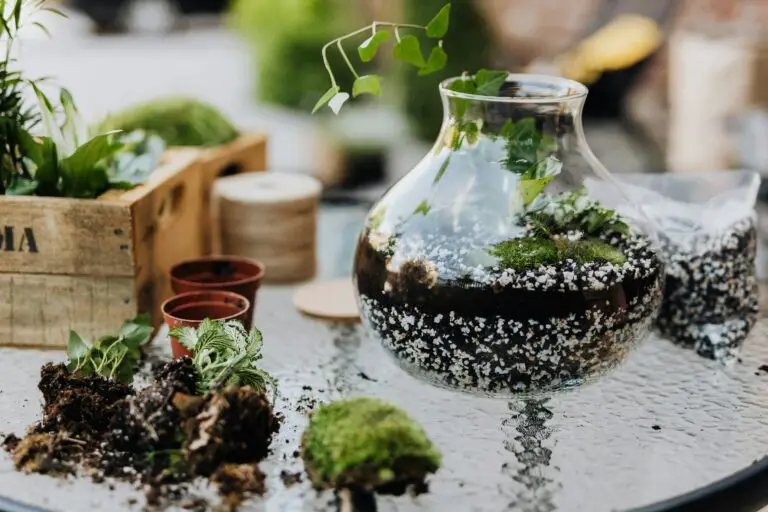
Envisage your garden beds as a blank canvas. To create a masterpiece, you’ll start with equal parts sand, compost, and volcanic rock or perlite. This trifecta enhances drainage and introduces airy pockets—think of them as tiny luxury condos where sedum roots can breathe and stretch out. To maintain this soil sanctuary, routine checkups are paramount. A simple touch test after rain will tell you if your sedum’s abode is too soggy or just snug.
Real-life garden maestros know the importance of soil composition balance. Take Lucy from Louisiana, who transformed her soggy, clay-dominated courtyard into a thriving sedum spectacle. By amending her soil with sharp sand and crushed granite, she provided the perfect drainage that these plants lap up in the wild. Now, her sedum collection is not just surviving, but celebrating each day with vibrant foliage and starry blooms.
Becoming a sedum soil savant doesn’t happen overnight. It’s about observing, tweaking, and finding joy in the test-and-learn process. As you prepare and witness the sedum revel in the habitat you’ve curated, remember that the best-growing place is where your care and nature’s wisdom meet. So, don your gloves and let the soil symphony begin!
Sunlight Strategies: Illuminating Sedum’s Love for Light
In the radiant world of sedums, sunlight isn’t just a part of life—it’s the sizzle on the steak, the cherry on the sundae, the essential sparkle that brings out their vibrant colors and plump, succulent leaves. But not all sedums are sun worshipers in the same way. Let’s chat about how these diverse characters soak up the rays and how you can position them to become the solar-panelled powerhouses of your garden.
Picture this: you’ve got a ‘Sedum telephium’, the classic ‘Autumn Joy’, basking in full sun like a sunbather on a tropical beach. It’s living its best life, flaunting clusters of rosy blooms atop stout stems. In this full sun fiesta, these sedums plump up and practically glow with health. Translation? Full sun equals more flowers, richer colors, and happier plants.
But then there’s ‘Sedum spurium’, a bit like the introvert at the party. It thrives in the dappled light under the canopy of a leafy tree, still engaging with the sun but in a “I’ll just stand in the corner” kind of way. Sprawling happily over rocky ground, it doesn’t demand the limelight but will still surprise you with a burst of color when you least expect it.
Mixing it up, we’ve got the high-altitude dwellers like ‘Sedum reflexum’ that say “bring it on” to harsh, intense sunlight. These tough cookies are the mountaineers of the sedum world, thriving where the air is clear and the sun plays no games. They relish the bright exposure, much like a hiker on a sunlit peak, without a worry about the next shade break.
So what’s the key to making sure your sedums get the right amount of solar juice? It’s a blend of intuition and observation. Watch how the sunlight moves through your garden, and play matchmaker by pairing your sedum’s sunlight needs with the perfect spot. If you notice your sedums stretching out like they’re trying to nab the remote control from across the room, they might be craving more light. On the flip side, if they’re getting scorched like marshmallows at a bonfire, it’s time to scoot them into some forgiving partial shade.
Still thirsting for more succulent sedum sunlight savvy? Why not take a peek at this illuminating video on sedum care that shines a light on all things bright and beautiful for these charming plants:
Lay your sedum’s roots in the ideal light, and you’ll witness a transformation that’s as satisfying as flipping the switch on a grand chandelier. And remember, the sun is but one slice of the sedum success pie—stay tuned, as we dive deeper into the rich soil of sedum secrets, ensuring your green-thumb triumphs in creating that envy-inducing, thriving garden.
Weather Wisdom: The Climate Considerations for Cultivating Sedum
When it comes to finding the perfect spot for your sedum garden, think about a sunny spring day with a gentle breeze—sedum soaks up light like it’s going out of style and adores well-drained soil. Picture the rugged cliffs of the Greek Isles or the rolling hills of a Tuscan landscape; these succulents are natives to areas that boast plenty of sunshine and sparse rainfall. But, don’t fret if your garden doesn’t sit under the Mediterranean sun; sedum is a versatile warrior that, with the right care, can flourish in various climates.
In their natural habitats, sedums bask in the glory of full sun. However, some varieties have adapted to partial shade, making them the perfect co-stars in woodland gardens or the unsung heroes of north-facing plots. Sedum’s adaptability doesn’t end there; drought is a mere inconvenience to these resilient plants. Their water-storing leaves laugh in the face of dry spells, making them ideal for xeriscaped areas where other plants might throw in the towel.
But what happens when sedum’s preferred climate isn’t on offer? Fear not, sedum enthusiasts. A bit of ingenuity can help you mimic these ideal conditions. If you’re in a rainier region, raise your sedum beds to encourage drainage, because nobody likes soggy feet—least of all sedum. Too much shade on the agenda? Position these sun-lovers in the brightest spot you can find, or strategically place reflective mulches to bounce some extra rays their way.
If winters in your area could chill a polar bear, consider insulating your sedum with a dry mulch, like straw or pine needles, to protect its crown from freeze-thaw cycles that can turn your sedum soggy, then frozen, much to its dismay. On the opposite end of the thermometer, if scorching sun is the daily forecast, occasional shade or a light dabble of water in the evenings can help prevent your sedum from becoming sunburned or worse, the garden equivalent of fried chicken.
It’s crucial to understand that while sedum can put up a good fight against the elements, extreme conditions are not their cup of tea. For instance, the ‘Angelina’ sedum might laugh off a desert afternoon, while the ‘Autumn Joy’ variety would prefer not to bake in such intense heat. Get to know your sedum’s personality—yes, plants have them too!—and tailor your garden’s conditions accordingly.
Real-life examples abound of gardeners bending over backwards to nail the sedum sweet spot. In England, green thumbs face the challenge of heavy rains and have engineered raised rockeries where sedums not only survive but thrive, flaunting their fleshy foliage like a botanical fashion statement. Across the pond, in the arid expanses of New Mexico, sedum rises from gravelly grounds to offer a refreshing green respite amongst the earth-toned hues of the desert.
Remember, sedums aren’t just tough; they’re trendsetters in low-maintenance gardening. They’re the plants you can brag about to your friends, claiming your green thumb while knowing full well that sedum does most of the hard work for you. So, spot those ideal spots, employ some clever climate mimicry, and watch as your sedum garden becomes the envy of plant lovers everywhere.
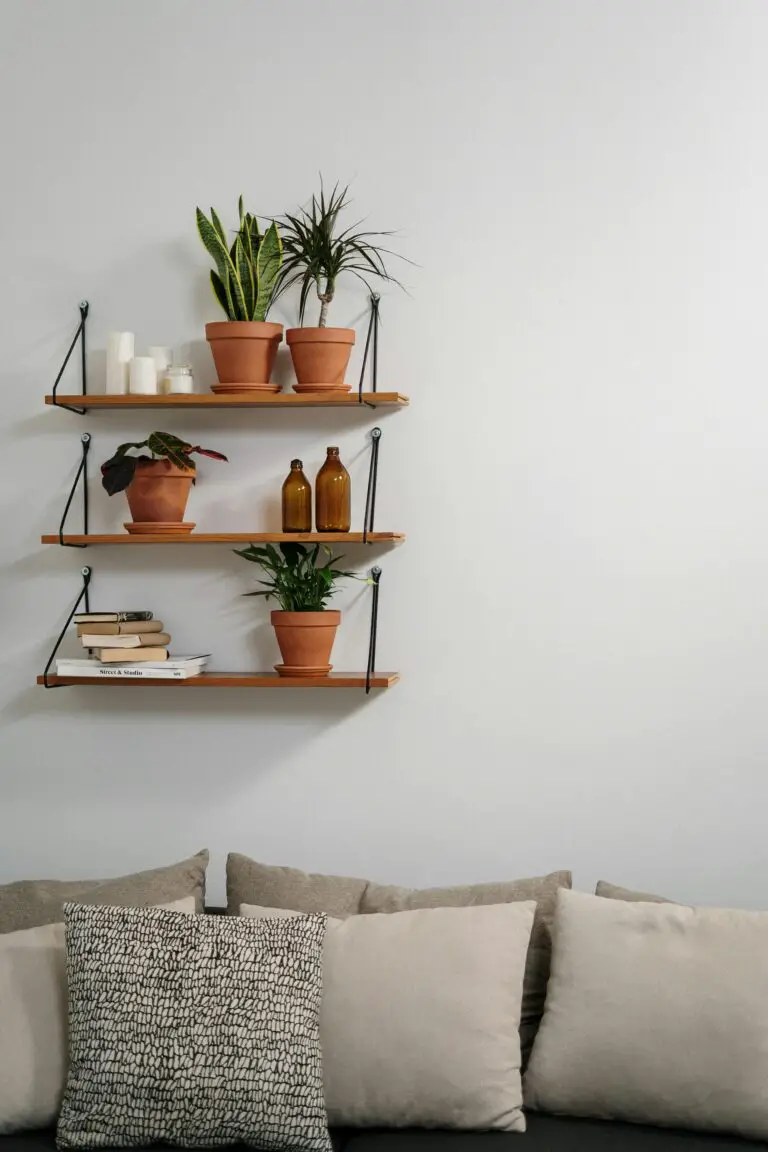
Irrigation Insights: Watering Your Sedum the Right Way
Imagine an oasis where every drop of water counts. That’s the precise scenario for watering sedum, those hardy, drought-tolerant succulents that grace our gardens with their diverse foliage and colorful blooms. Let’s dive into the dos and don’ts of sedum hydration to elevate your gardening game.
Knowing when to water your sedum is a fine art—one that requires observation and understanding your plants’ signals. Unlike the thirstier members of your garden, sedum likes to play it cool with moisture. Overzealous watering can actually spell disaster, leading to root rot and a speedy demise.
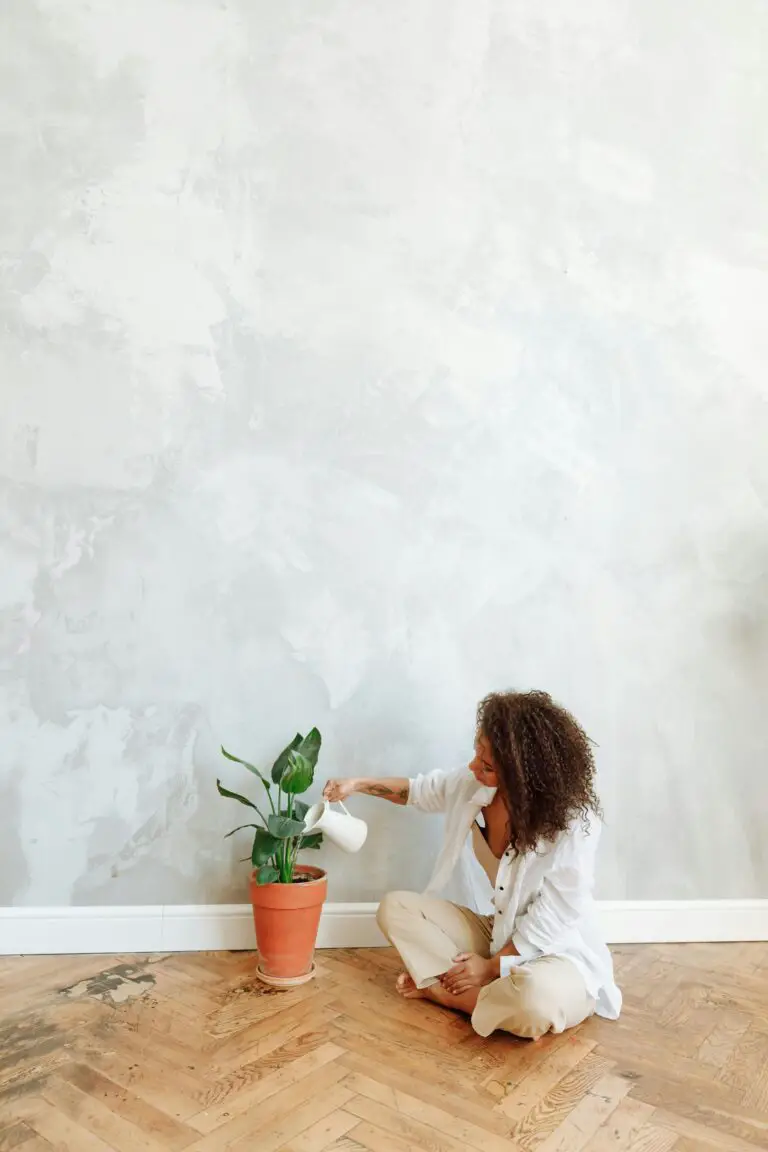
A well-timed watering session should be on your radar when the soil is completely dry. Pick a day that’s overcast, as watering in full sun can cause the droplets to act like magnifying glasses, scorching the leaves. Also, mornings are ideal; it gives sedum enough time to drink up before the heat of the day kicks in.
But how should you deliver this life-giving liquid? Forget the old sprinkle from a watering can. Sedum prefers a soak-and-dry approach. Aim for the base of the plant, where the roots are keen to gulp down every drop. Avoid getting water on the leaves, which can invite unwelcome fungal guests.
Conjure up the image of a gentle, steady rain. That’s what your irrigation method should resemble. Consider a drip system or a soaker hose snaked through your sedum sanctuary. These methods ensure a slow and steady supply, aligning with the natural drinking habits of these resilient plants.
Through trial, error, and keen observation, you’ll find the perfect watering rhythm. Remember, your sedum isn’t about drama; they crave a consistent and unobtrusive watering schedule. Make it your mission to understand their subtle language, and you’ll both flourish in this dance of hydration.
Garden Choreography: Crafting Eye-Catching Sedum Arrangements
Envision your garden as a stage where each plant is an actor, and sedums are the versatile stars adept at playing a variety of roles. Sedum, with their succulent leaves and star-shaped blooms, are not just survivors in harsh conditions; they are also the prima ballerinas of garden design, dancing elegantly among other plants, softening harsh edges, and creating stunning visual impacts. Dancing en pointe in rocky environments or performing grande jetés across garden beds, these hardy plants are a testament to both beauty and endurance. The secret to having a sedum that steals the show lies in positioning them where they can truly shine.
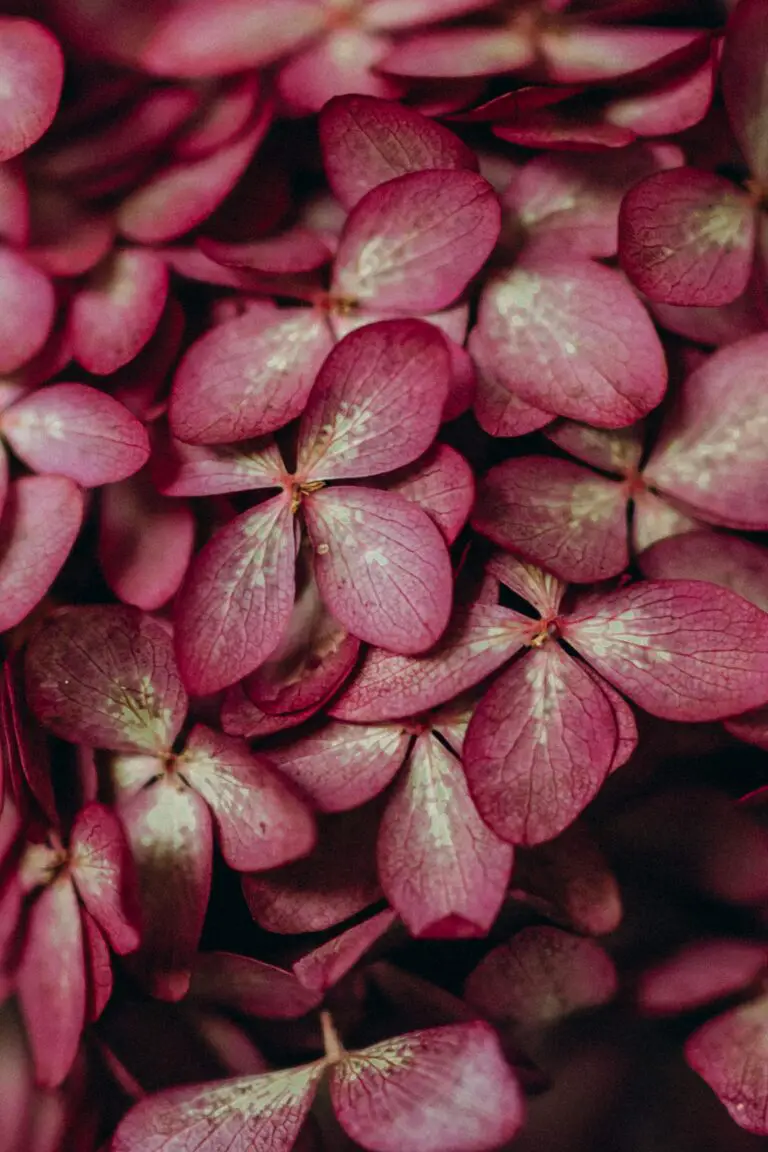
Weaving them through your garden in deliberate patterns can lead the eye on a visual journey, much like a well-choreographed ballet. For instance, try combining the soft pinks and purples of ‘Autumn Joy’ with the silvery blue foliage of ‘Blue Spruce’—it’s like watching a duet of contrasting dancers that enhance each other’s performance. Or, spot a low-lying ‘Dragon’s Blood’ sedum in the front row of your garden border, where its deep red leaves can set the stage for taller plants to soar upward, providing a rich tapestry of texture and color.
Consider the sedum’s ecological benefits as well. These drought-resistant pioneers are perfectly suited for xeriscaping, requiring little watering once established and often thriving in poor soil. They’re not just performing for show; they’re also dedicated to conserving resources. Moreover, their flowers are a magnet for pollinators—the tireless workers of the natural world—adding a buzz of life to your personal outdoor theater.
Containers offer a portable stage for your sedum ensemble, allowing you to compose and recompose scenes throughout the seasons. Envision a container bustling with ‘Cape Blanco’ sedum, its pearly white leaves providing a serene backdrop for ‘Coral Carpet,’ whose reddish-pink blooms add pops of vibrant color. Such arrangements are not just pleasing to the eye; they’re also performances that tell stories of adaptation and resilience, echoing nature’s own choreography.
Take a cue from nature’s own designs, and plant sedum in areas where they can cascade naturally over rocks or creep along pathways, softening the lines between the wild and the cultivated. Integrating sedum into your landscape isn’t just about planting; it’s about casting the right plant in the right role. It’s about noticing the sun’s angles, the soil’s texture, and the other plants in the cast, combining these elements to create an experience that’s visually and ecologically harmonious.
By observing these principles of garden choreography with sedums, you can craft arrangements that showcase the unique beauty and resilient character of these plants. Not only will they thrive, but they’ll also turn your garden into an artful arrangement that captures the imagination and sustains the environment—an enduring performance of nature’s finest work.
Propagation Pointers: Multiplying Your Sedum Stock
Ready to witness the wonders of sedum propagation? Whether you’re a budding enthusiast or a seasoned green thumb, propagating sedum is an enjoyable journey that leads to a bountiful garden. Let’s dive into the easy-to-follow steps to turn one plant into a flourishing groundcover or stunning border!
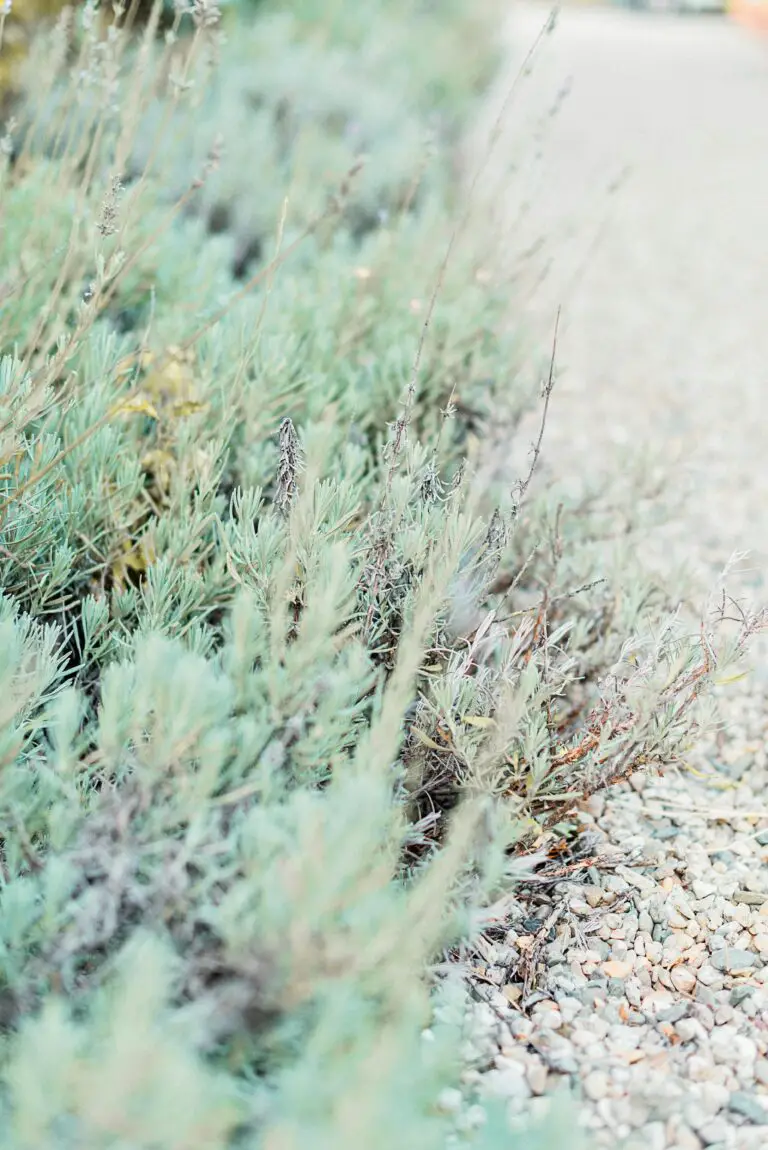
Snipping Success: Cuttings
Starting with cuttings, the key to a successful snip is choosing a healthy stem. Wait for a dry day, and with clean, sharp scissors, cut a 2-4 inch piece from the end of the stem. Remember, a good cut leads to good growth! To illustrate, imagine snipping stems on a warm spring morning, the air filled with the fresh scent of growing life.
Leafy Leverage: Using Leaves
Leaves aren’t just for photosynthesis! Gently twist off a healthy leaf from your sedum and lay it atop a well-draining soil mix. It’s akin to setting a delicate butterfly onto a pile of soft leaves—a gentle and careful process.
Rooting for Growth
With your sedum pieces prepped, nudge them into a seed-starting mix or a blend of sand and soil. Emulate nature’s gentle touch as you position them like a parent tucking in a child under a cozy blanket. Mist the surface and place your container in a spot with bright, indirect light. Watch as, over the weeks, tiny roots and shoots emerge—a true marvel of nature’s resilience.
Transplant Tales
Once your sedum babies have developed robust roots, they’re ready for their new home in your garden. Picking the perfect spot is like scouting out the best beach spot on a sunny day—you want the prime location for growth. Plant them in an area that mirrors their natural environment, with plenty of light and good drainage to aid their adventurous spread.
Nurturing Notes
Keep a close watch as your sedum cuttings and leaves adapt to their new habitat. Water them with care, not too much and not too little, like brewing the perfect cup of tea. With just the right amount of attention, your sedum will thrive, painting your garden with a tapestry of verdant hues and textures, a testament to your propagation prowess.
Maintenance Mantras: Keeping Your Sedum in Top Shape
Sedum plants are popular for their ability to thrive with minimal fuss, but even these resilient succulents benefit from a spot of know-how. To keep your sedum sprightly and vibrant, follow these maintenance mantras – it’s easier than you think!
Pruning: The Path to Perfection
Think of pruning sedum like giving it a haircut to enhance its natural shape and encourage fuller growth. Snip away the dead or overgrown stems in late winter or early spring before new growth starts. For taller varieties, consider the “Chelsea chop” in late spring – cutting back by one-third to prevent legginess. And don’t be shy; sedum bounces back with enthusiasm after a good trim!
Take Rebecca’s garden as an example: Her ‘Autumn Joy’ sedum was sprawling all over her rock garden, overshadowing smaller plants. A timely pruning session encouraged a more compact form and, lo and behold, the next bloom was a spectacle of clustered, rosy-hued flowers set against the lush green.
Pest Management: A Proactive Approach
Aphids and mealybugs sometimes cozy up to sedum, but don’t fret – they’re manageable. Regular check-ups allow you to catch these critters early. Knock them off with a strong water spray or employ ladybugs as your organic hit squad. If you’ve got a more persistent problem, insecticidal soap or neem oil can be your allies in this tussle.
Consider Jim’s conundrum: He noticed his sedum leaves had started to pucker and discolor. A closer look revealed an aphid party. With a quick intervention using a neem oil mixture, he sent the uninvited guests packing, and his sedums were soon back to looking splendid.
To see these tips in action, check out this helpful video on sedum care and maintenance:
Remember, sedum is a remarkably hardy plant, but a little TLC goes a long way. Whether you’re dealing with ‘Brilliant’ pink or the stately ‘Matrona,’ these maintenance mantras will ensure your sedum garden is always a lush and lively paradise. Give your plants the care they crave, and they’ll reward you with a stunning display that even the neighbors will talk about!
Frequently Asked Questions
If you’ve ever wondered about the ins and outs of growing sedum, you’re not alone. These versatile succulents have captured the hearts of gardeners everywhere, and naturally, a few questions arise about their care. Let’s delve into the world of sedum and uncover the secrets to helping them flourish.
What’s the Best Time to Plant Sedum?
Timing is everything, and in the case of sedum, early spring to late summer is the golden window. Why? Well, the soil is warming up, and the risk of frost biting at the tender stems of your young plants is minimal. Real-life example – imagine giving a sedum cutting a new home in the soft, fertile soil of April; by the time summer sunsets paint the sky, your garden will be a lively stage for their star performance.
Staying One Step Ahead of Invasive Species
It’s a garden plot twist no one desires – invasive species encroaching upon your sedum’s territory. But fear not, regular monitoring, and prompt action are your best defenses. By pulling out any unwanted guests and ensuring your sedum has the space to breathe and grow, you’ll maintain the idyllic balance in your garden’s ecosystem.
Tackling Common Diseases
A sedum’s kryptonite? Fungal diseases, especially in the cozy, moist environments they love. Prevention is better than cure, so ensure good air circulation and avoid overhead watering. But if the dreaded signs appear, such as wilted leaves or a powdery mildew cloak, arm yourself with a fungicidal salve, and your sedum will live to see another day.
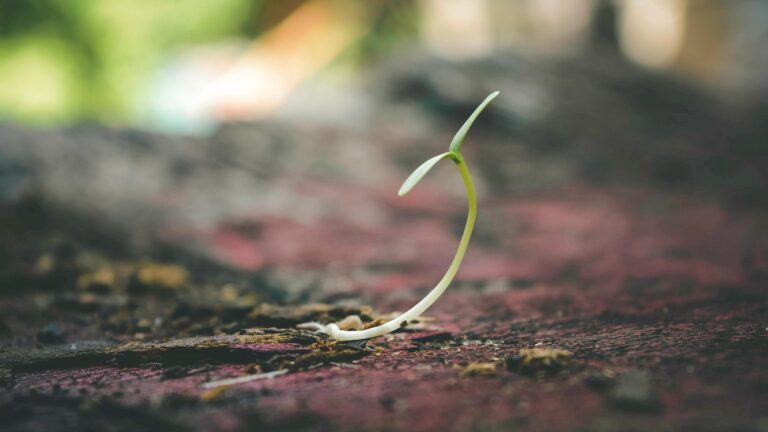
Always remember, your sedum isn’t just another plant; it’s a living sculpture in your garden of earthly delights. Now go forth, armed with knowledge, and create a sedum sanctuary that’s the envy of all!



